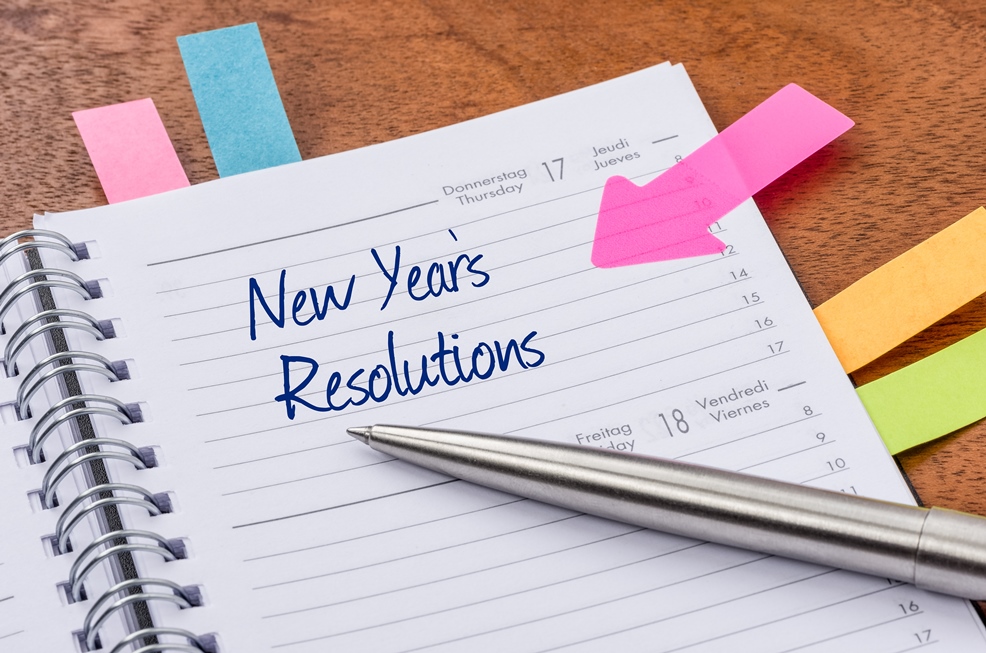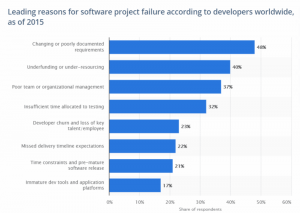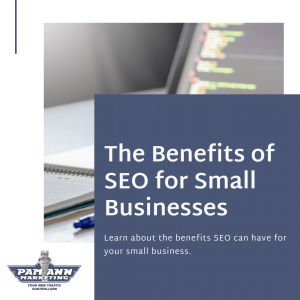
Have you made the commitment to move to a dedicated, more automated business budgeting process?
I’m writing for this blog just before the end of another year and with a new year right around the corner. As we transition into the winter months in the Northern Hemisphere, those of us who are on a calendar year no doubt have just finished another annual budget cycle, hopefully less stressful than last year’s and with less iterations and a smother review and approval process.
Those who are on a fiscal year, fast forward or rewind a number of months, but the annual budget process and the benefits it promises to bring are exactly the same.
Have you finally made the transition from a spreadsheet-based process to a dedicated budgeting software solution?
Have you implemented an analytics process whereby you are able to accurately monitor your actual results against your approved budget? Are you able to set up any reporting format and automatically display the financial data specifically intended for certain managers’ reviews, in exactly the way that makes sense for your business?
Are you able to automatically connect with your ERP or accounting software GL and quickly and accurately retrieve the needed GL data (e.g., trial balance) immediately after an accounting period (e.g., month, quarter) is closed?
Those of you who have taken this major leap from manual processes, which are always riddled with errors, require a lot of manual data input and updates, and have significant limitations in producing accurate and timely reporting, undoubtedly realize how smart that move was. I’m sure there was a certain learning curve, like with any implementation of new technology, maybe unfamiliar territory at first, but as you’ve become comfortable with your new setup, the new process became second nature, and you stopped looking back.
With each accounting period close, you became more familiar with your new CPM (corporate performance management) solution and found ways to improve the reporting presentation and the interpretation of the data the system provides.
The second annual budget you prepare with your new software will be much smoother. You’ll discover more ways to collect budget data from operational units. You’ll learn to better use the system’s built-in logic to create forecasts driven by data and applied logic to perfectly match your business model, and you’ll appreciate the software’s built-in accounting rules, which immediately result in more meaningful reports. And you’ll realize how simple it is to obtain a full set of forecasted financial statements, including forecasted income statements, balance sheets and statements of cash flows to match your actual financial statements.
If you have not yet made the transition to a dedicated budgeting software solution, it could be a perfect New Year’s resolution. It may be a little late to implement it for the new, 2017 calendar year but certainly not too early for the next year, whether calendar or fiscal.
For SMBs (small and medium-size businesses) I would highly recommend the solution I use: Budget Maestro from Centage Corporation. It does everything I mentioned above (and actually a lot more) and will become your CPM solution year round and not just for a couple of stressful months just before the beginning of a new year.
Business & Finance Articles on Business 2 Community(68)
Report Post








